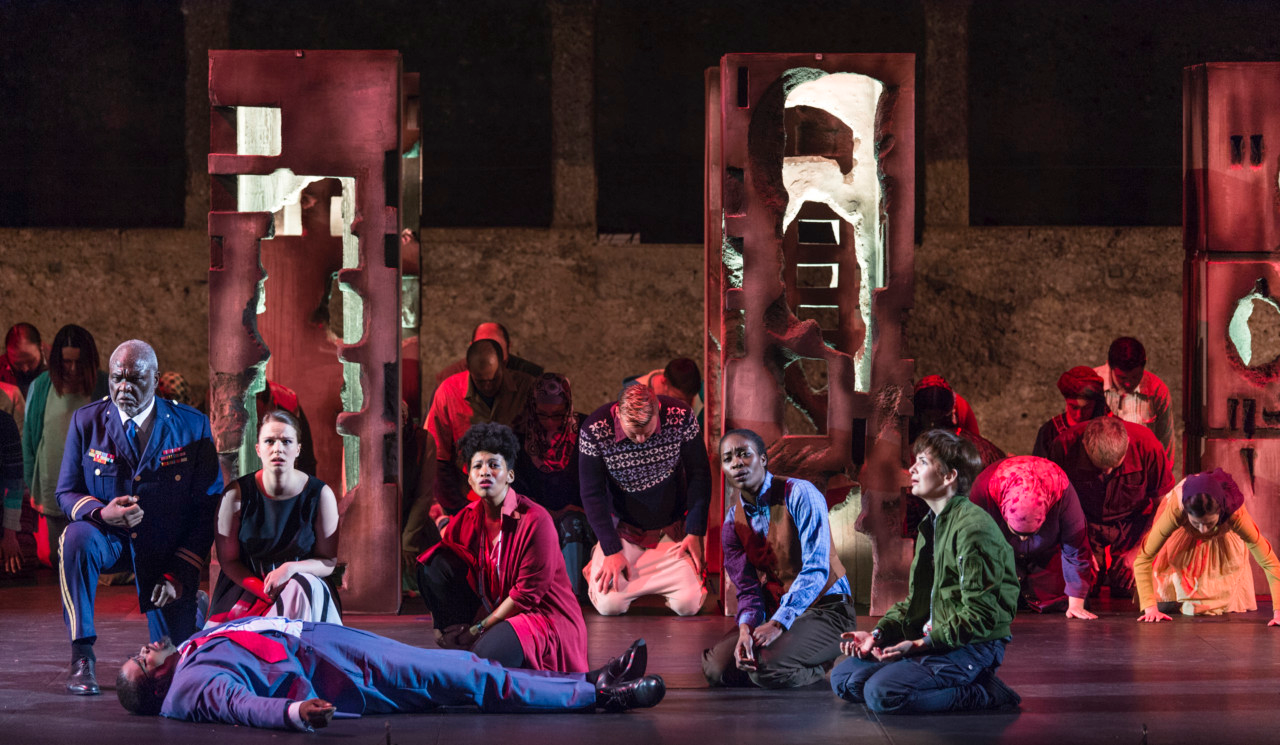Theater, the realm where stories come to life, isn’t just about the actors on stage delivering lines or the elaborate sets that transport us to different worlds. There’s an intricate and often hidden aspect that plays a pivotal role in shaping the final production: dramaturgy. Behind the curtains, there exists a fascinating world of dramatic composition, historical research, and artistic collaboration that brings depth and authenticity to every performance drama.
Decoding Dramaturgy
Dramaturgy is the backbone of a theatrical production, encompassing various elements that contribute to the storytelling process. At its core, it involves the study and curation of a play’s narrative, characters, themes, and historical context. This multidimensional approach helps directors and actors understand the nuances of the story they’re bringing to life.
The Dramaturg’s Role
Enter the dramaturg—an unsung hero in the theater world. The dramaturg serves as a guide, researcher, and sometimes even a storyteller in their own right. They delve into extensive research, providing historical, cultural, and social context for the play. Their work involves analyzing the script, suggesting edits, and collaborating closely with directors and actors to ensure a deeper understanding of the characters’ motivations and the play’s overarching themes.
The Creative Collaboration
One of the most intriguing aspects of dramaturgy is its collaborative nature. The dramaturg doesn’t work in isolation but rather engages in a symbiotic relationship with the director, playwright, designers, and actors. This collaboration fosters a creative synergy that enriches the production. Discussions, debates, and experiments form the bedrock of this collaborative effort, where each perspective contributes to the tapestry of the play.
Crafting Authenticity
Authenticity is paramount in theater, and dramaturgy plays a crucial role in achieving it. Whether it’s a period piece set in a bygone era or a contemporary drama tackling current societal issues, meticulous attention to detail is essential. The dramaturg’s research helps infuse authenticity into the production, from accurately portraying historical events to capturing the essence of a particular time or place.
Dynamic Adaptations
Dramaturgy is not limited to classic plays. In fact, it’s equally essential in adapting literature, modern scripts, or even devising entirely new works for the stage. Adapting a novel or reinterpreting a historical event for theater requires a deep understanding of the source material, societal context, and the medium of live performance. Here, the dramaturg’s expertise becomes invaluable in maintaining the integrity of the original work while allowing it to flourish in its new theatrical form.
Conclusion: Unveiling the Artistry
Next time you find yourself spellbound by a theatrical performance, remember the intricate web of dramaturgy woven behind the scenes. It’s this meticulous attention to detail, collaborative spirit, and dedication to authenticity that elevates theater from mere entertainment to a profound art form.
As the curtains draw to a close, and the actors take their final bow, take a moment to appreciate the unseen heroes—the dramaturgs—who, through their dedication and artistry, bring depth, meaning, and authenticity to the magical world of theater.
